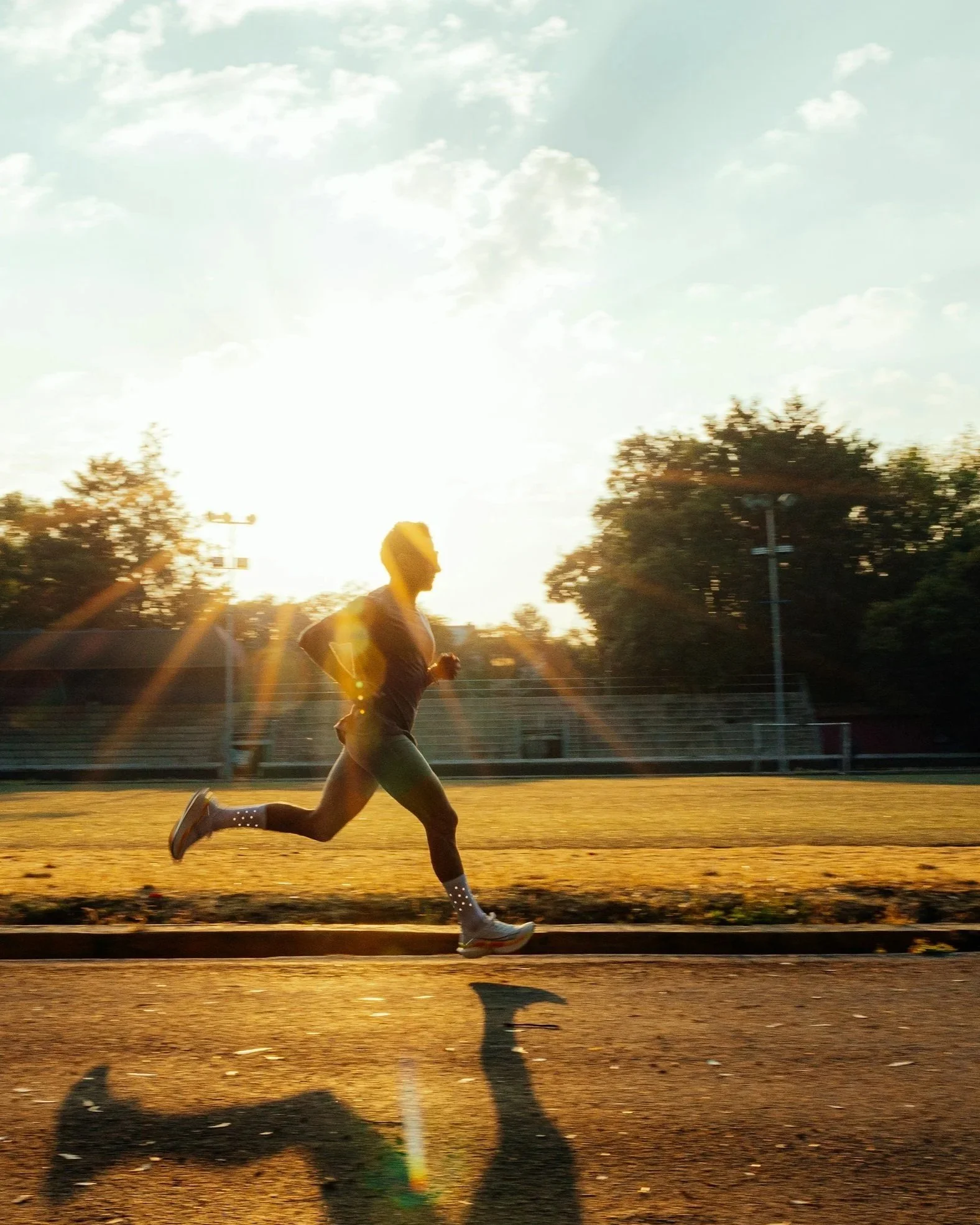What Is VO₂ Max? Why It’s One of the Best Longevity Metrics You’ve Never Measured
If you’ve spent any time in the fitness or longevity space on social media (a wonderful, amusing, and sometimes scary place), you’ve undoubtedly heard about VO₂ max. So—what the heck is VO₂ max? Does talking about it make you a nerd? And should we care? (We’ll get to that; yes, being a nerd is cool; yes, we should care.)
What Is VO₂ Max?
VO₂ max (maximal oxygen uptake) is the maximum volume of oxygen your body can use during intense exercise, typically expressed in milliliters of oxygen per kilogram of body weight per minute (ml/kg/min).
In plain English, it’s a measure of how aerobically fit you are. Elite endurance athletes—like professional marathoners, cyclists, and cross-country skiers—often have eye-wateringly high numbers (north of 70 ml/kg/min). While part of your VO₂ max is determined by genetics, people with high scores have almost always spent years training at both moderate and high intensities to develop it.
That’s one reason why it’s such a powerful metric: as Peter Attia says, it’s a great aggregator of the work a person has—or hasn’t—done.
How to Measure VO₂ Max
There’s really only one way to directly measure VO₂ max: by exercising very hard (usually running on a treadmill or cycling on a stationary bike) while your oxygen and carbon-dioxide exchange is measured with a breathing mask.
Why such an ordeal? Because the “max” in VO₂ max means just that—you have to push yourself to the point where your body is consuming the maximum amount of oxygen it can. This usually takes about 10–15 minutes of progressively harder effort. The mask collects data on how much oxygen you inhale and how much carbon dioxide you exhale, allowing technicians to calculate your actual VO₂ max.
You used to have to visit a university exercise-physiology lab for this, but thanks to the growing interest in longevity and performance testing, many fitness or medical centers now offer VO₂ max testing. A quick Google search (“VO₂ max test near me”) will usually turn up several options.
A Few Practical Tips
Be forewarned: these testing centers are running a business and will almost certainly try to sell you additional tests—some of which may be interesting, others not. Don’t feel pressured to buy their “Longevity Package” if all you want is your VO₂ max score.
You should also ask about their testing protocol. Because it’s a maximal effort, you’ll want a thorough warm-up—not just for safety, but to perform your best. If their protocol doesn’t include one, ask why—or consider finding another facility.
Estimating VO₂ Max Without a Lab
There are plenty of ways to estimate your VO₂ max that don’t involve strapping on a mask or shelling out your hard-earned cash. Many fitness watches (Garmin, Apple Watch, Coros, etc.) use heart-rate and pace data to estimate VO₂ max, and there are several field tests you can do yourself.
All of them, however, still require effort—you can’t get around the “max” part of VO₂ max. I’ll cover these estimation methods next week in Part 2: How to Improve Your VO₂ Max.
Why VO₂ Max Matters for Longevity and Everyday Life
So, we know what VO₂ max is and how to measure it—but why should we care?
We don’t necessarily care about the exact number; we care about what it represents. Every physical activity can be expressed as a percentage of your VO₂ max. As I sit here typing, my body is consuming oxygen—just not much, since I’m not doing much.
At rest, I’m probably using around 3.5 ml of oxygen per kilogram per minute, which equals 1 MET (Metabolic Equivalent). If I get up and walk, I might be using 2 METs; if I go for a run, maybe 13 or 14 METs.
If I keep increasing my pace, eventually—no matter how hard I’m breathing—I’ll reach the limit of how much oxygen my body can use. That ceiling could be set by my heart’s pumping capacity, my lungs’ ability to move air, or my mitochondria’s ability to utilize oxygen. Either way, my muscle cells will start producing lots of lactate (not “lactic acid,” by the way) and those accompanying hydrogen ions that make muscles burn. I’ll soon have to stop (and probably question my life choices while gasping for air).
Why VO₂ Max Declines With Age
Being able to run fast isn’t required for survival (zombie apocalypse scenarios excluded). But oxygen is required for everything—from grocery shopping to climbing stairs. Unfortunately, VO₂ max naturally declines with age, and as it does, ordinary activities start demanding a higher percentage of your remaining capacity.
That’s why something that once felt easy—carrying groceries, walking uphill—can begin to feel like a workout. Your body has less oxygen “reserve,” so you accumulate lactate faster and fatigue sooner.
It’s one thing to be gasping after a 5-minute mile; it’s quite another to feel that way walking two blocks with groceries.
The Bottom Line
Your VO₂ max score is one of the best predictors of both fitness and longevity. The higher your capacity to take in and use oxygen, the longer and more independently you can live.
Next week, in Part 2, we’ll get into the good stuff: what you can actually do to improve your VO₂ max. It’ll be fun.

